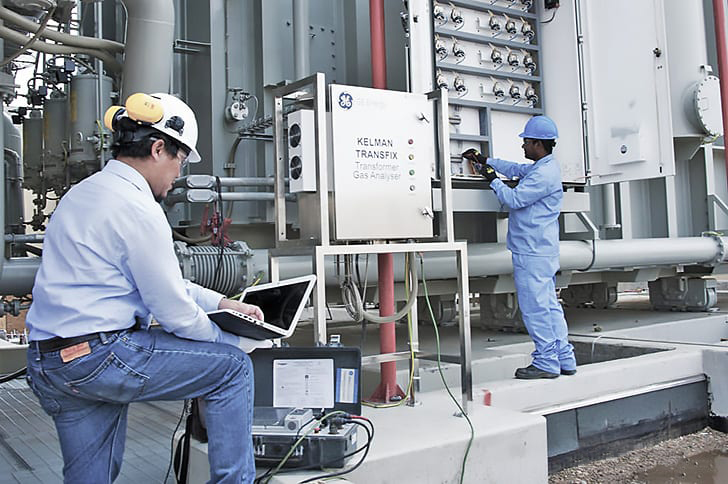Raise Your Project with Professional Engineering Support: Topographical Surveying, Construction Surveys, and Beyond
Raise Your Project with Professional Engineering Support: Topographical Surveying, Construction Surveys, and Beyond
Blog Article
Optimizing Land Usage Preparation With Comprehensive Surveying Solutions
In the realm of land use planning, the combination of comprehensive checking solutions stands as an essential instrument in cultivating notified sustainable and decision-making development methods. The optimization of land use preparing through surveying options is not without its challenges, motivating the expedition of ingenious methods to improve procedures and essence valuable insights for tactical growth initiatives.
Significance of Comprehensive Evaluating Solutions

Comprehensive checking remedies make it possible for planners to analyze the suitability of land for different objectives, recognize prospective threats or restrictions, and design sustainable advancement techniques - Engineering surveys. By including accurate survey data into land use plans, authorities can guarantee effective usage of sources, reduce environmental impact, and advertise long-term economic growth
In addition, extensive evaluating remedies assist in stakeholder involvement and partnership by picturing proposed land use changes and enabling feedback before implementation. This proactive method boosts transparency, cultivates neighborhood depend on, and eventually brings about a lot more effective land use preparation outcomes. Essentially, the significance of thorough checking services can not be overemphasized in the realm of efficient land usage planning.
Advanced Technologies for Land Usage Planning
Making use of advanced innovations enhances the precision and efficiency of land use preparation procedures. Advanced technologies such as Geographic Details Systems (GIS), LiDAR (Light Discovery and Ranging), and remote noticing play an important duty in modern land use planning. construction surveys. GIS enables coordinators to assess spatial data, determine patterns, and make informed choices regarding land advancement. LiDAR innovation provides very accurate elevation data, assisting in terrain modeling and flood threat evaluation. Remote noticing, with drones and satellites, uses thorough images for checking land changes and assessing environmental effects.
In Addition, Structure Information Modeling (BIM) allows organizers to produce 3D models of structures and infrastructure, promoting much better visualization and planning of land usage projects. Incorporating these innovative technologies into land usage planning procedures can lead to more reliable and lasting city development.
Conquering Difficulties in Site Recognition

Additionally, contrasting interests among stakeholders, such as designers, environmentalists, and regional neighborhoods, can make complex the site recognition procedure. To browse this difficulty, coordinators must facilitate open interaction, collaboration, and arrangement to get to agreement on the most effective land use methods that line up with the needs of all celebrations involved.
In addition, governing difficulties, zoning restrictions, and land make use of plans can also restrain the site identification procedure. Coordinators require to stay upgraded on appropriate laws, engage with regional authorities, and conduct thorough research to identify websites that fulfill all legal requirements and compliance standards. By proactively addressing these challenges, land use coordinators can streamline the website identification procedure and lead the way for effective land use planning efforts.
Maximizing Performance Through Surveying Methods
Navigating the complexities of site recognition processes successfully lays a foundation for maximizing performance via critical surveying techniques in land use planning. By using advanced surveying tools such as drones, GIS technology, and 3D laser scanning, land use organizers can enhance the data collection process, bring about more exact website analyses and streamlined decision-making. These techniques allow planners to collect exact topographic details, determine ecological restraints, and examine land suitability with greater speed and accuracy than typical methods.
Moreover, incorporating surveying strategies with look at here Geographic Info Equipment (GIS) enables for the reliable evaluation and visualization of spatial data, aiding in the identification of ideal land usage situations. Overall, the calculated use of evaluating strategies improves effectiveness, precision, and partnership in land use planning campaigns.
Decision-Making Insights for Development
For effective advancement, gaining valuable understandings for decision-making is critical in the world of land use preparation. Decision-making insights play a vital function in shaping the future of rural and urban areas, making certain lasting growth and efficient source allocation. Comprehensive evaluating remedies provide coordinators and developers with the essential information discover this info here to make informed choices that straighten with the lasting objectives of an area.
By leveraging sophisticated evaluating techniques such as airborne surveys, GIS mapping, and 3D modeling, stakeholders can visualize the prospective influence of development jobs and assess different situations prior to implementation. These understandings make it possible for decision-makers to enhance land use, lessen ecological risks, and boost total task feasibility.
In addition, data-driven decision-making supported by surveying options helps streamline the preparation process, decrease unpredictabilities, and boost stakeholder self-confidence. By integrating accurate survey data into the decision-making procedure, designers can identify opportunities, mitigate challenges, and inevitably create sustainable land usage plans that benefit both existing and future generations. Finally, decision-making insights derived from detailed checking remedies are necessary for driving impactful and successful growth campaigns.
Verdict
In conclusion, maximizing land usage planning with thorough surveying options is essential for efficient and effective advancement. It is essential for effective land use planning and growth tasks.
In the realm of land usage preparation, the combination of comprehensive evaluating remedies stands as a pivotal instrument in cultivating educated sustainable and decision-making advancement techniques. In essence, the relevance of thorough checking solutions can not be overstated in the world of efficient land use planning.
By proactively attending to these challenges, land use planners can improve the site identification process and lead the method for efficient land usage planning campaigns.
On the whole, the strategic use of checking methods boosts effectiveness, precision, and cooperation in land usage planning initiatives.
In final thought, optimizing land usage planning with detailed evaluating options is important try this out for effective and efficient development.
Report this page